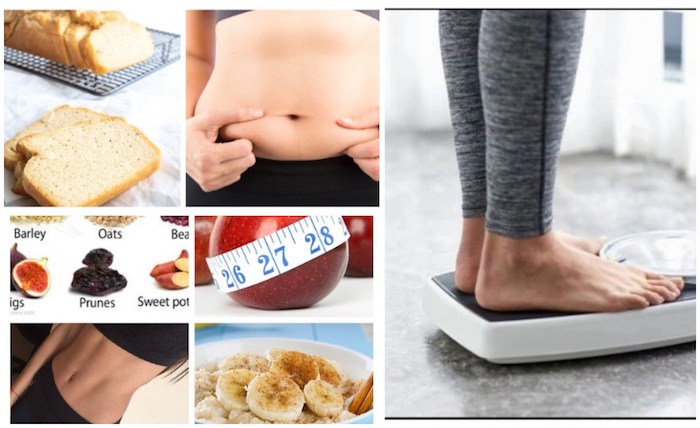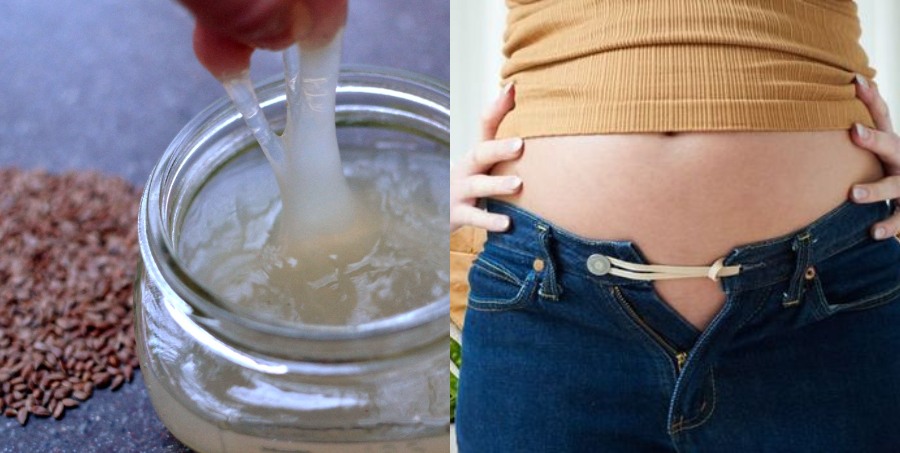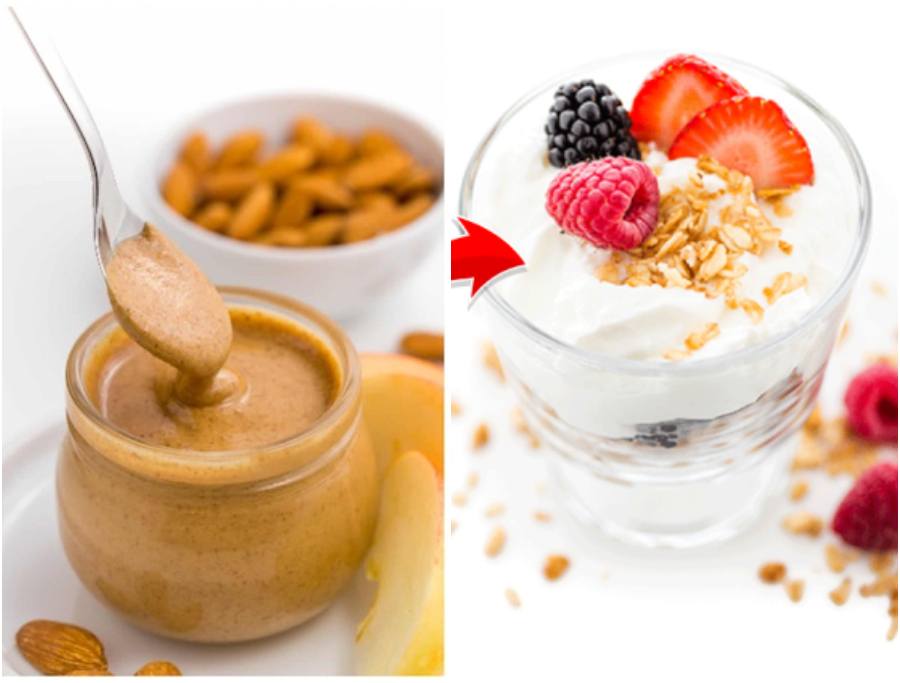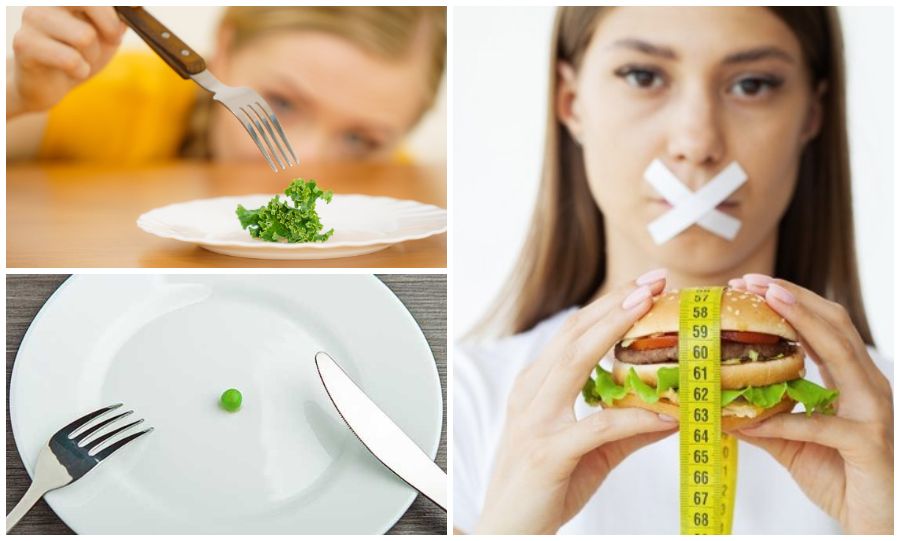Fiber is an important factor that is so essential to losing weight. A diet that lacks fiber will not help you shed weight. On the contrary, a diet which is rich in fiber has positive impacts on overall health, from improving digestion to mood swings. Various studies have revealed that a majority of the population does not get enough fiber in their diet (daily recommended intake is 38 gm per day for men and 25 gms per day for women). Since we at Rati Beauty understand the importance of fiber in weight loss, all the diet program include a good amount of fiber content. In this post, we list out 12 handy tips to add more fiber to diet for weight loss.


Why Fiber is Good for Weight Loss?
Fiber is a category of nutrients that does not break down into sugar molecules and spike up insulin, rather it passes down into the gut unbroken, and helps feed the healthy bacteria in the gut with nutrients. Healthy bacterial colonies are essential for better absorption of nutrients and vitamins into the body from the gut. Fiber is an important category in a healthy diet because it helps to maintain a healthy digestive system, clears constipation, regulate blood sugar levels, improves overall health. Fiber helps to reduce appetite, reduces belly fat, and thus helps with weight loss too. Most importantly, fiber reduces the risk of colon cancer.
Fiber also helps reduce appetite to a great extent by regulating the production of hunger hormone “ghrelin.” Fiber content also reduces one’s appetite by slowing the movement of food through the gut. Since fiber has low glycemic index, it also does not spike up insulin and thus reduces the chance of extra calories getting stored up as fat in the body.

There are two types of fiber:
Soluble Fiber – Soluble fiber is known to help decrease blood glucose (blood sugar) levels. Pectin, Gum are soluble fiber. Mixes with water in the body to form a gel-like component. It also helps lower blood cholesterol. Some examples of soluble fiber are lentils, oatmeal, citrus fruits, barley, apple, etc.
Insoluble Fiber – Insoluble fiber, as the name suggests, does not combine with water and adds as a bulky agent and helps to have a strong digestive system. Hemicellulose, cellulose, and lignin are fiber found in cell walls. Insoluble fiber increase the bulk of stool and helps speed up the passage of food through the digestive system. It retains its consistency without mixing with water. Insoluble fiber prevents constipation. Foods with whole-wheat flour, wheat bran, brown rice, cauliflower, potatoes, tomatoes and cucumbers. Some foods, like nuts and carrots, are good sources of both types of fiber.
Foods Rich in Fiber:
All bran – 12 gm
Sunflower seeds – 3 gm
Flaxseed – 6 gm of fiber (20 gm).
Almonds – 4 gm (23 almonds)
Barley – 17.3 gm.
Buckwheat – 10 gm.
Green peas – 4 gm
Lentils – Arhar dal, toor dal, masoor dal – one cup has 15 gm of fiber.
Black beans – 8.7 gm
Broccoli – 4.7 gm of fiber.
Walnuts – 6.7
Carrot – 2.8 gm.
Oranges – 2.2 gm.
Pumpkin: 2.5 gm fiber in a single cup.
Spinach – 2.4 gm.
Pear – 3.1 gm.
Sweet potatoes – 8 gm of fiber.
Avocado: 10 gm.
Pistachio: 3 gm.
Pecans – 9.6 gm.
Sweet corn – 2.0 gm.
Apples – 4 gm (one apple)
Banana – 3.1 gm (one banana)
Cherries – 3 gm.
Figs – 12 gm.
Grapes – 3.9 gm.
Kiwi – 2.1 gm.
Olives – 1.5 gm.
Peaches – 1.5 gm.
Oatmeal – 7.5 gm
Plums – 1.4 gm.
Raspberries – Rich in ketones, 8 gm of fiber in one cup.
12 Handy Tips To Add More Fiber to Diet for Weight Loss:
1. Add seeds like pumpkin (18 gm of fiber/100 gm) and sunflower seeds (9 gm/per 100 gm) in your breakfast: Adding a handful of these seeds will add a good amount of fiber and also saturated fat, both of which boost the weight loss process. These seeds are also rich in protein and a great way to start your day with.
2. Eat a plateful of salad before lunch and dinner: When you make your salad, do not peel away the skin of cucumbers because it is super nutritious and rich in insoluble fiber and also beta-carotene, and other antioxidants.
3. Keep the peel of the fruits like apple and pear to retain the fiber content.
4. Include whole grains – buckwheat, millets, quinoa, foxtail millet in your daily diet. These millets and whole grains have rich fiber content and can easily replace white rice.
5. Replace gluten-rich flours with oatmeal: Oatmeal is easily available fiber source and you can replace a majority of flours/atta with oatmeal flour.
6. Add chia seeds in your yogurt: Chia seeds are a very popular superfood, but did you know they have up to 10 gm of fiber in just two tablespoons and that covers around 40% of daily recommended intake. Include chia seeds in yogurt or dips, even in salads.
7. Stop juicing your fruits: Though fruits are powerhouses of vitamins and nutrients, they can add more calories and less fiber when compared to eating them as whole fruit. So, stop juicing your fruits, consume them as it is.
8. Snack on nuts when hungry: Carry a small pack of nuts like almonds, walnuts, pistachios with you and snack on them when hungry.
9. Switch to whole grain bread instead of white bread: If you cannot give up on bread, switch to these healthier options and whole grain bread is one of them.
10. Sprinkle nuts on oatmeal: When you are starting your day with an oatmeal-rich breakfast, do not forget to sprinkle a few nuts and seeds to get the added benefit of fiber.
11. Snack on raw vegetables: Feel like eating a snack – grab a raw carrot or cucumber and snack on it.
12. Add barley to soup: Barley is a good example of insoluble fiber which does not dissolve in water. It is rich in beta glucan that reduces cholesterol and regulates blood sugar levels. Include barley in your vegetable soups to get a good dose of fiber in the daily diet.
What is the Best Bread To Eat For Weight Loss
32 Fiber Rich Food Items for Weight Loss





